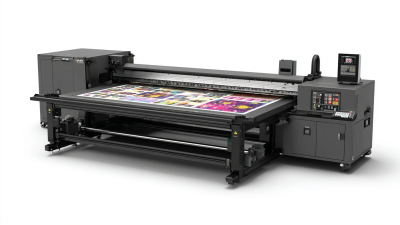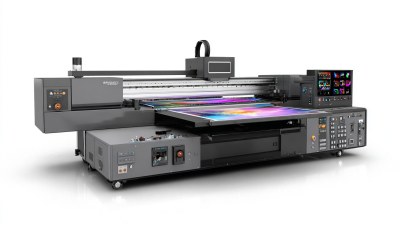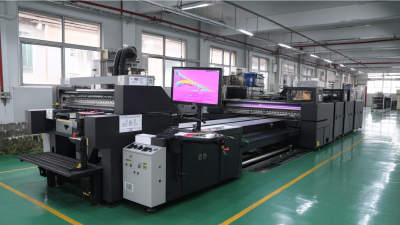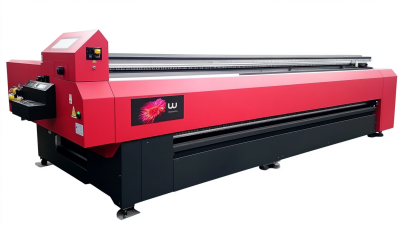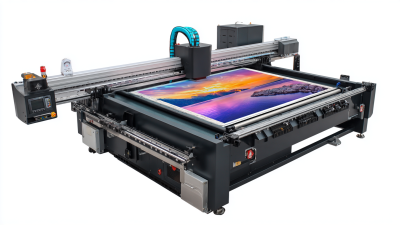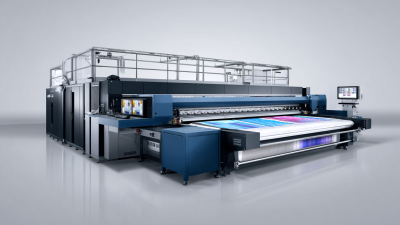Inquiry
Form loading...
Selecting the right Positioning UV Printer for your business is a crucial decision that can significantly influence your production capabilities and overall efficiency. In today's fast-paced market, the demand for high-quality printing solutions has escalated, making it essential for businesses to invest in technology that not only meets their current needs but also anticipates future growth. A Positioning UV Printer offers versatile printing options across various materials and surfaces, catering to diverse industries such as signage, packaging, and promotional products.
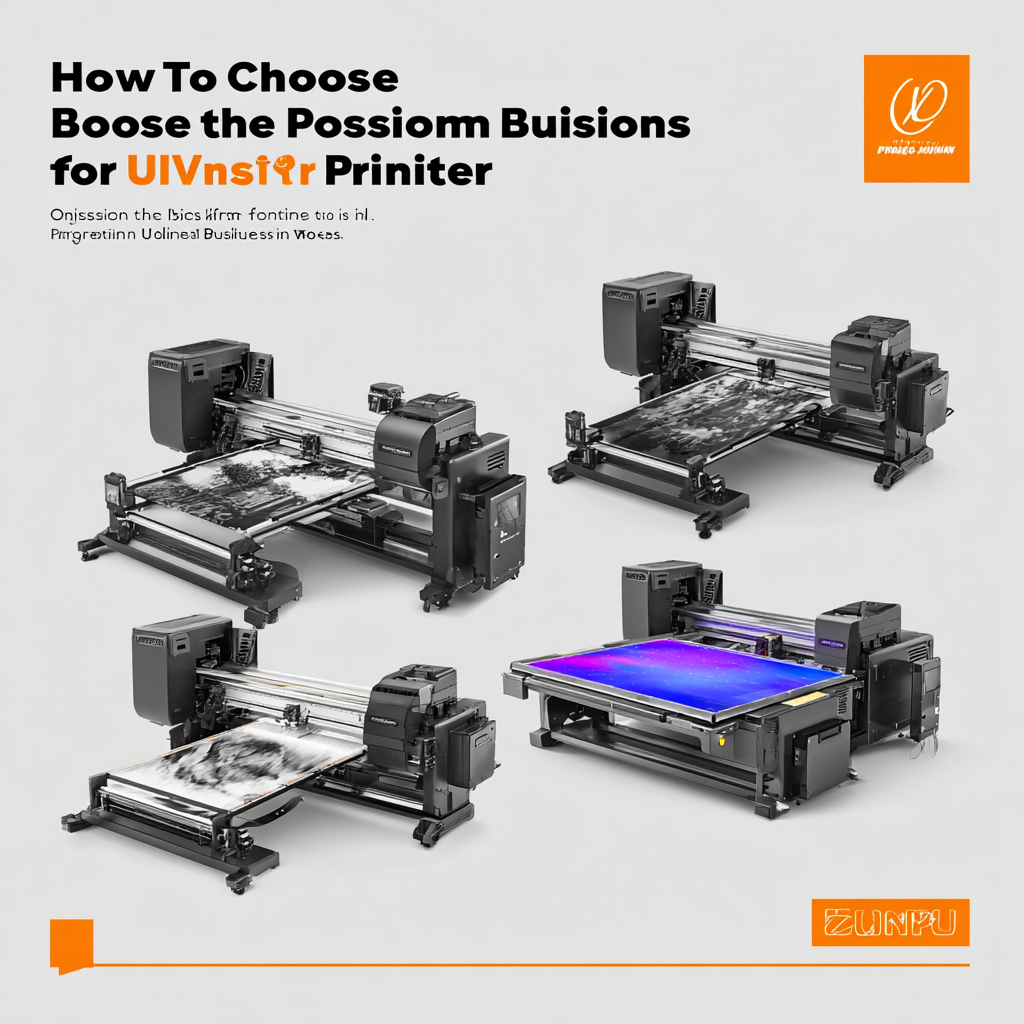
As you navigate the selection process, it’s important to understand the specific requirements of your operations. Factors such as print speed, resolution, and the types of substrates you plan to use will play a vital role in determining which Positioning UV Printer is best suited for you. Additionally, considering the long-term return on investment and support provided by manufacturers can enhance your decision-making process.
In this guide, we will explore key features, benefits, and considerations that will empower you to make an informed choice, ensuring that your investment aligns with your business objectives and contributes to your success in the competitive printing landscape.
Identifying your business printing requirements and objectives is crucial when selecting a positioning UV printer. First, assess the specific applications your business will utilize the printer for. Are you focusing on high-quality graphics for signage, or do you need versatility for a range of materials? Understanding the end products you intend to create will guide you in determining the type of printer that can deliver the quality and features you need.
Next, consider the volume of printing your business will demand. High-capacity printers are essential for businesses that perform large-scale printing tasks, ensuring efficiency and productivity. Additionally, evaluate the types of substrates you will work with, such as plastics, wood, or glass, as this can influence your printer selection. By clearly defining these requirements and objectives, you can streamline the decision-making process, ensuring that you invest in a UV printer that best meets your operational needs and enhances your business capabilities.
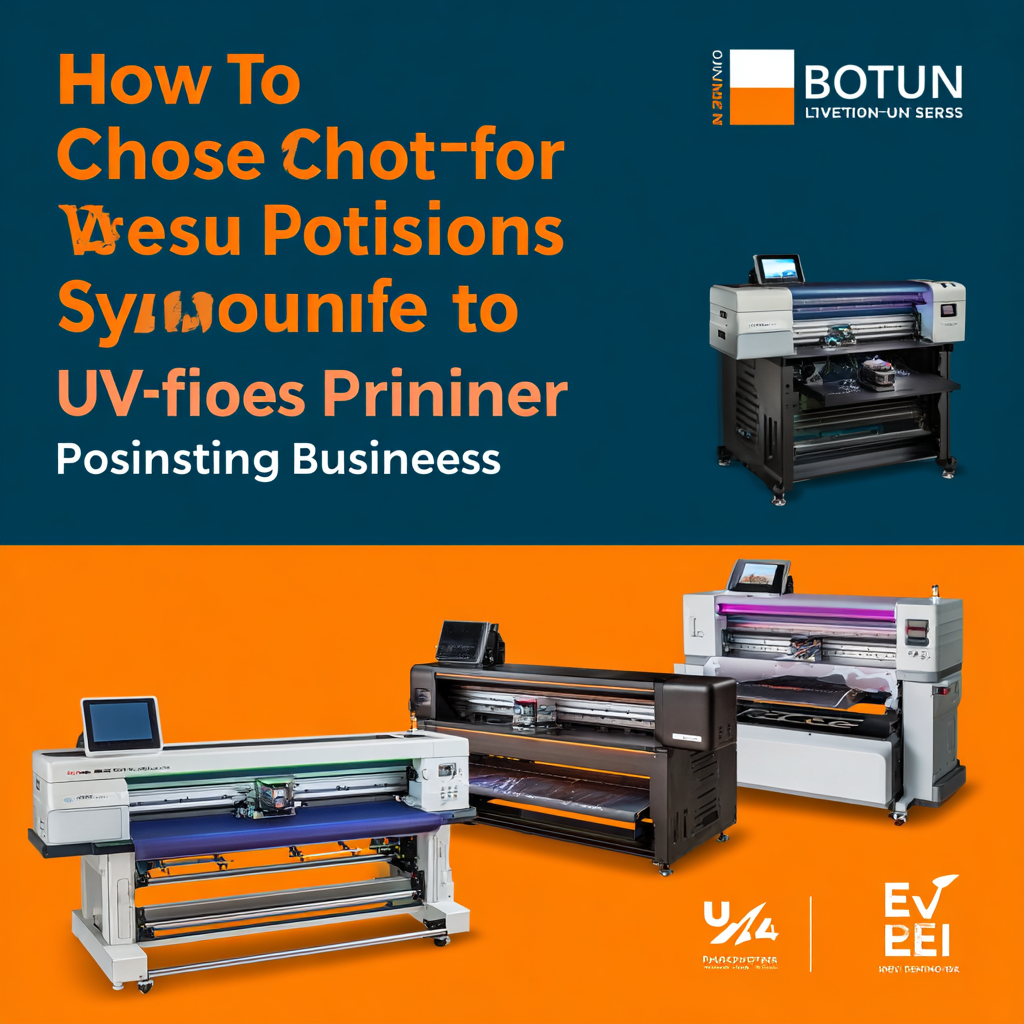
When selecting a UV printer for your business in 2025, it's important to understand the various types available, each designed to meet specific needs. Firstly, there are flatbed UV printers, ideal for printing directly on rigid materials like wood, glass, and metal. These models are versatile, allowing for large-format outputs with high resolution and the ability to handle various substrates. This makes them popular choices for businesses focusing on signage, packaging, or unique promotional items.
Another category is the roll-to-roll UV printers, which are perfect for printing on flexible materials such as vinyl, fabric, and banners. These printers offer the advantage of speed and efficiency for large print runs, making them particularly suitable for businesses that require high-volume output without compromising on quality. Additionally, there are hybrid UV printers that blend features from both flatbed and roll-to-roll models, providing the flexibility to switch between printing on rigid and flexible substrates. Understanding these distinctions is crucial in selecting the right printer to align with your business goals and production requirements.
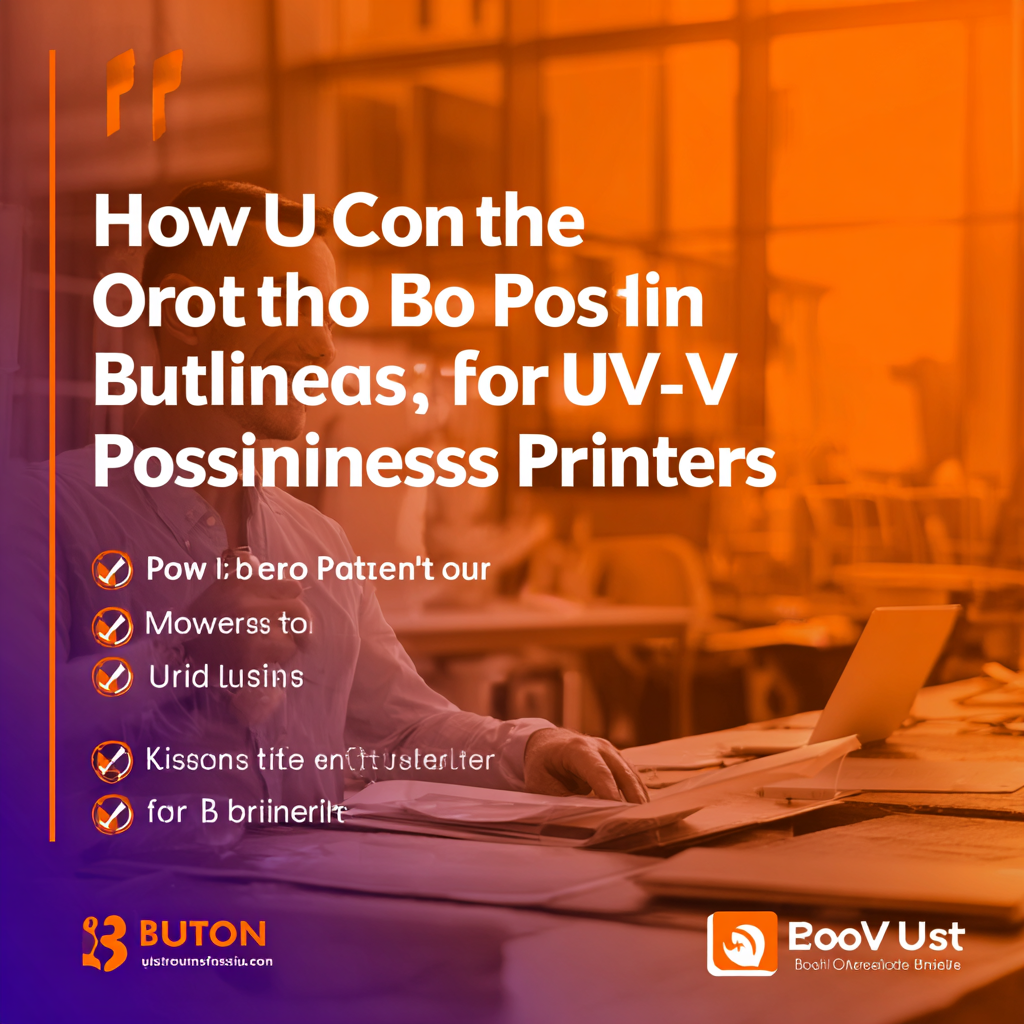
When selecting a UV printer for your business, several key features should be at the forefront of your decision-making process. Firstly, consider the printing speed and resolution. If your business demands high-volume printing, you'll need a printer that can produce quality prints quickly without compromising on resolution. A higher DPI (dots per inch) rating ensures finer details and vibrant colors, which is essential for projects like signage and promotional materials that require visual impact.
Another critical feature is the versatility of the printer. Look for a UV printer that can handle various substrates, from rigid to flexible materials, allowing you to expand your service offerings. Additionally, examine the printer's software compatibility and ease of use. Intuitive software can streamline your workflow, making it easier to manage designs and print jobs efficiently. Consider maintenance requirements and support options, as a reliable service provider can minimize downtime and ensure your operation runs smoothly.
Ultimately, prioritizing these features will help you choose a UV printer that meets your specific business needs effectively.
When evaluating the cost vs. benefits of positioning UV printers for your business, it’s essential to consider both the initial investment and the long-term advantages. Recent studies highlight the benefits of UV curing technology, particularly in specialized applications like electronic packaging, where high-quality and efficient encapsulation is crucial. Reports indicate that companies adopting UV printing technologies see a potential increase in production speed by up to 50%, leading to a quicker return on investment.
Tips: When choosing a UV printer, assess your specific production needs. Consider the types of materials you'll print on, as this will significantly influence the printer’s capabilities and overall performance. Furthermore, it’s vital to evaluate the ongoing maintenance costs versus the expected output quality. Businesses often find that while initial expenses can be high, the durability and versatility of UV prints provide substantial cost savings over time.
Additionally, understanding the market trends is important. A report indicates that the global UV printer market is expected to grow at a compound annual growth rate (CAGR) of around 10% in the coming years, signaling a robust demand in various sectors. This growth can be attributed to advancements in technology, which continue to improve reliability and printing precision, ultimately adding more value to businesses that invest wisely in UV printing systems.
Integrating UV printers into your existing workflow can significantly enhance productivity and broaden your service offerings. Start by assessing your current operational processes and identifying areas where UV printing can streamline production. Evaluate the types of materials you frequently use, as UV printers are adept at handling diverse substrates, from rigid to flexible surfaces. Collaborating with your team during the integration phase can provide insights into specific needs and preferences, ensuring a smoother transition.
It's also crucial to consider the software and tools that will interface with your UV printer. Look for solutions that facilitate seamless communication between your design and printing processes, allowing for quicker turnaround times. Additionally, training staff on the new technology will maximize efficiency and mitigate potential operational hiccups. By carefully planning the integration of UV printers, businesses can leverage this technology to stay competitive, adapt to evolving market trends, and meet the diverse demands of clients effectively.
| Feature | Description | Considerations |
|---|---|---|
| Print Size | Maximum print area that can be achieved. | Identify the largest item you will print. |
| Speed | Printing speed measured in square feet per hour. | Assess workflow demands for timely delivery. |
| Material Compatibility | Types of substrates the printer can handle. | Evaluate materials you commonly use. |
| Print Quality | Resolution and color accuracy of prints. | Consider customer expectations for quality. |
| Cost of Ownership | Initial purchase cost and ongoing expenses. | Budget constraints and ROI estimates. |
| Ease of Use | User interface and software compatibility. | Training needs for staff operation. |
| Maintenance and Support | Requirements for upkeep and availability of service. | Consider local service options and parts availability. |
